Cerebrum | Interview | Luis Navarro
Cerebrum were a legendary Spanish heavy psych rockers that only released a couple of singles.
Would you like to tell me about your teen years? What are some of your influences? You had a folk band called Tal Y Cual.
Luis Navarro: In my youth I was keen to listen to every type of music that I could. From The Beatles, The Rolling Stones, Procol Harum, Kinks, Hollies, The Who to groups less known in my circle like Spencer Davis Group, John Mayall, et cetera.
The start of my musical career was forming an acoustic duo with a friend, performing our own material. We played at festivals and entered competitions and we also frequently played live on the radio on various programmes. Several music critics were of the opinion that we should form a band since our songs were more appropriate for a group than a basic acoustic duo and so “Tal y Cual” was formed.
The drummer was Pedro Moreno, a fantastic guy who had something very special about him and it’s thanks to him that we have remained friends after all those years.
Undoubtedly the philosophy of the group was to remain low-key because of the “need” to take on more ambitious projects, musically speaking.
Javier Esteve started in a band called Los Surcos. They used to play song covers as ‘Evil Woman’, ‘Let Me Love You’ (Jeff Beck Group) as well as ‘Crossroads’ et cetera. After a while he formed a Blood Sweat & Tears inspired band called Conexion.
Yes, throughout his musical career, Javier has always been on a permanent search for new projects and he has tremendous organisational skills which has always led him to having top musicians in all of his bands. I reckon that it is his great working ability and the special way in which he conceives music that has enabled him, after so many years, to continue playing, even now, in bands like Araxes and Delirium.
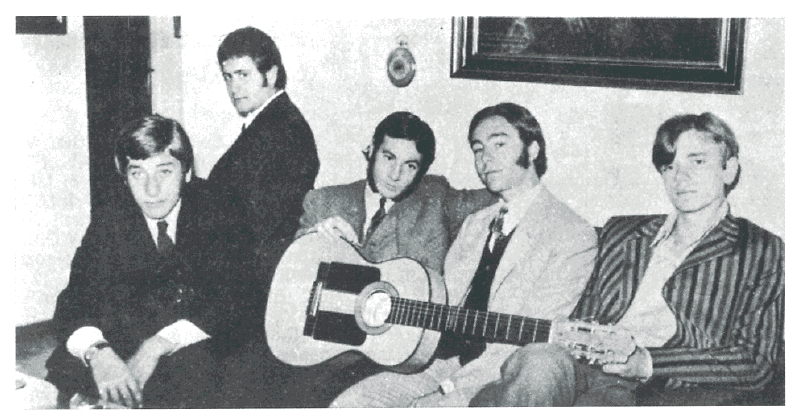
Chema Pellico, bass player, was part of Los Mas active around 1967/1967.
At that time Los Mas were one of the most outrageous bands in Madrid and they were well known around the city. Right from the start, Chema displayed his amazing bass playing skills and we knew that he would be perfect for us given that his band had just split up.
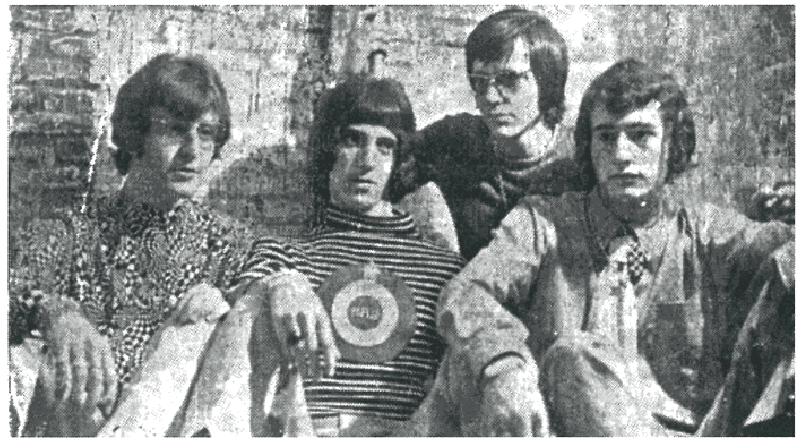
Pedro Moreno, drummer, started playing rhythm and blues in the vein of the early Stones. He was a member of many bands.
Pedro was a fundamental part of another young band, Los Brumas, who also played the Madrid circuit and further down the line he was the drummer of “Tal y Cual” and was also involved in a ‘supergroup project’ with the record label Accion, before joining Cerebrum.
What can you tell me about that? How did you guys come together and form Cerebrum?
It was a lot of coincidences that all happened at the same time … on the one hand the splitting up of our former bands, (Javier had just left Conexion, I wanted to change the direction taken with Tal y Cual and Chema was without a band having split up Los Mas) and on the other hand we all had a need to start a new project with the idea of creating a much freer type of music, more rock or blues like and with loads of improvisation.
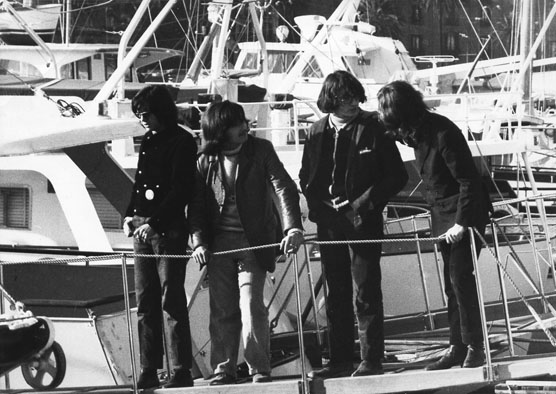
The first drummer was Fernando Artalejo (he had tremendous power) but after a few months he was called up for military service and he was replaced by Pedro Moreno. We also had Perry on keyboards but eventually he didn’t want to get involved with the record company and so we became a basic trio (guitar, bass and drums) plus a singer.
We were thrilled with this new line-up because it gave us the opportunity to make freer, more direct music more in line with new musical movements and the international scene.
We started doing cover versions by groups like Canned Heat, The Allman Brothers Band, John Mayall, Moby Grape, Ten Years After, Taste, et cetera and these covers helped us to improvise and make them more personal.
After Chema had split up his band, we decided to make use of the name Mas, hoping that it would make it easier for us to get work. Regarding the final name change, it was the record company’s decision. I imagine they thought it more appropriate for our style of music and as far as we were concerned Cerebrum wasn’t bad and we took it.
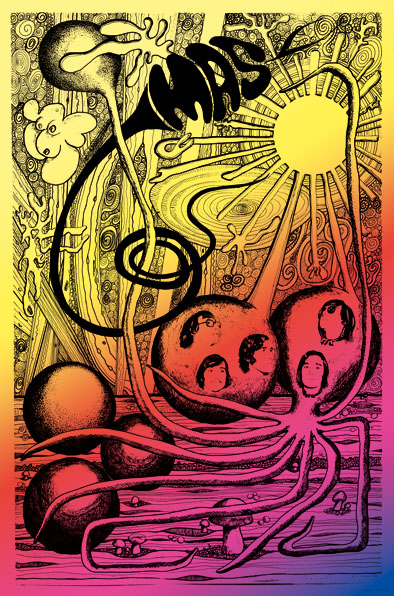
Where was your touring territory? With whom did you play?
To begin with, we played around Madrid but further down the line we played around the whole of Spain, in dance halls with other live acts as well as at festivals and concerts which were taking place in different cities in Spain.
Where was your touring territory? With whom did you play?
To begin with, we played around Madrid but further down the line we played around the whole of Spain, in dance halls with other live acts as well as at festivals and concerts which were taking place in different cities in Spain.
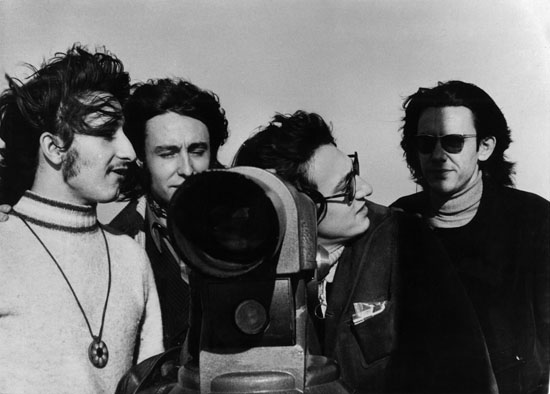
Normally the owners of the dance halls employed bands for live dance music. Our style of music was nothing like the other bands who played the halls. Our music was not for dancing! With us the youngsters ”watched and listened” rather than dancing, which didn’t go down well with the owners.
We began to gain a large following of young people who found our music new and different. They followed us everywhere we played and it was great to see the number of people that came on a daily basis to our rehearsal studio to listen to what we were doing.
They were long sessions with a lot of improvisation and creativity which afforded us, as well as the fans, some truly moving experiences. It was unforgettable.
This daily work helped built up a great rapport within the band to such an extent that our live performances were never planned, we just went with improvisation and we played new compositions along with covers, which, for the main part, we had never rehearsed but at any given moment they just came out naturally and spontaneously without us having agreed on it beforehand.
In 1970 you recorded and released two singles. ’Eagle Death’ / ’Read a Book’ and ’Time’s Door’ / ’It’s so Hard!’ On Dimension Label. What can you tell me about recording and producing these two singles?
They were difficult times in Spain. Despite that, various musical movements were springing up and we were all having progressive thoughts, as was happening in the rest of the world.
We were the benchmark of this movement in Madrid and we had our ups and downs. On the one hand we were a band much appreciated by young people looking for new sounds, but on the other all the big multinational record companies were based in Madrid (and they had their own international commitments) but they didn’t show sufficient interest in us for our music to become widely known.
However, we were lucky that a company in Barcelona (where more interest was shown in the new musical movement of the time) was forming a new label, with a progressive direction, and they signed us.
They got to know us through some live recordings that we had done on “Radio Nacional de España” (which are part of Shadoks recent re-releases). We recorded in Studios Gema 2 and it was a great experience.
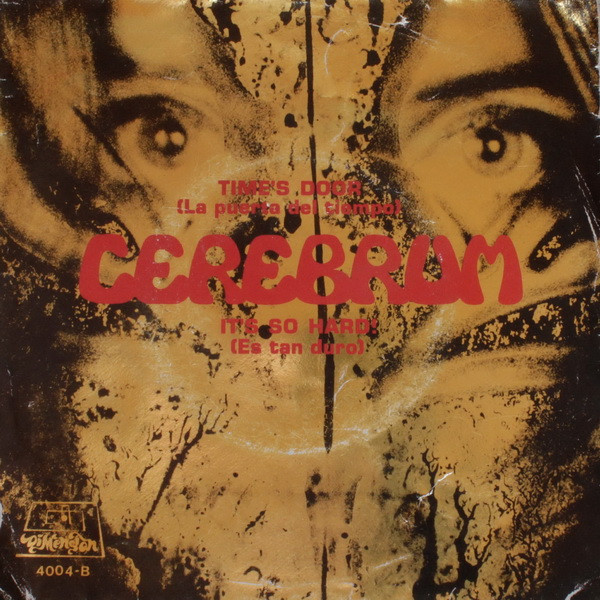
What equipment do you guys use?
Pedro had Premier drums. Chema had at first a Höfner bass and after a Fender Precision with a Musicson amp. Javier had a Vox Phantom guitar plus a Marshall JTM – 45 Mark II amp (he bought it from the guitarist from the English band “The End”. They were once in Madrid). I think he had two pedals: a Marshall Supa Fuzz and a Wah-Wah volume Farfisa. Alfredo, the second guitar player, had an Italian Elite guitar with a pedal Wah-wah box and amp Dynacord and Marshall. Perry, the organ player in Mas period, had a Fender Contempo, although I think that on the records in “Radio Nacional de España” he played a Hammond organ that was in the studio. Concerning myself, I had Musicson equipment plus AKG micros.
What can you tell me about both artwork?
The record company (Ekypo/Dimension) showed a lot of interest in the new project, not only regarding the production but also the presentation and promotion of the singles.
They produced some fantastic artwork for the sleeves of both singles they could unfold into a poster and the lyrics were printed on them. Nobody had ever put this amount of investment and work into singles. Needless to say we were really thrilled with the designs of the Ekypo artistic department! I think the work was great because, being a visual symbol, it fused their drawings with our music.
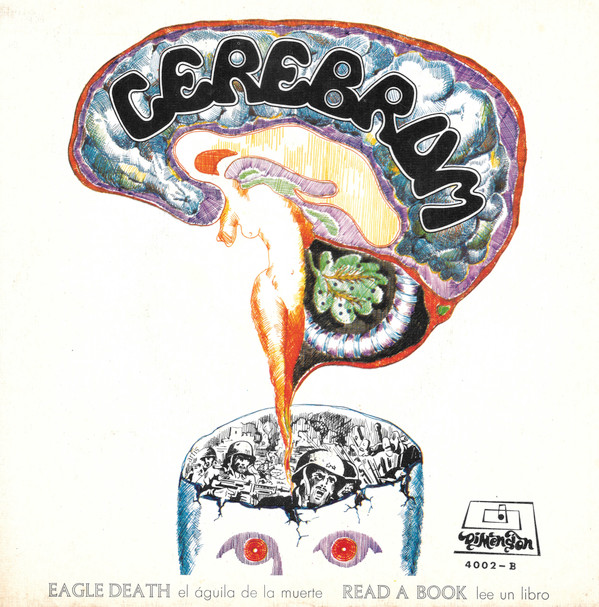
Also it was very important that they were able to include such long songs in the singles and in stereo, which was not the norm at the time.
How many pressings were made?
I don’t know, but in both cases sure not many. I think that the first one had more copies pressed than the second. I even remember that we promoted the first one in a live presentation concert in Piccadilly Club, a famous local in the Madrid scene of those days and many people went to see us.
What happened next?
The time between the recording of the first and second single was short but it was a period of frenetic activity. We undertook a huge promotional campaign in Spain, doing interviews on the most important radio shows, some live television performances and, of course, live gigs throughout Spain.
It was fantastic to see how, despite our somewhat strange interpretation of music, it was becoming more and more appreciated by young people and specialist music critics.
The number of people who were starting to love this new movement was growing all the time, despite what ”fashion and cultural rebellion” signified in Spain during the time of the dictatorship.
There were small pockets appearing all over the country, joining forces with similar movements throughout the world.
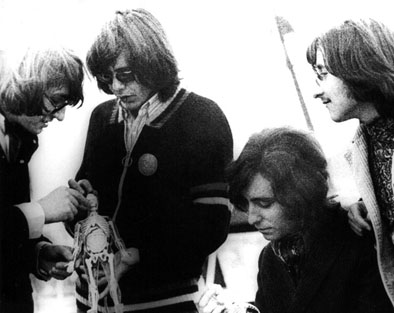
Critics and record companies were quickly labelling it ”progressive music” and those who at first had not shown any interest in this movement didn’t want to miss the boat, albeit false thinking on their part.
We weren’t bothered about this label and the effect it could have, we were just so worked up about being able to play such free and improvised music … something that allowed us to offer such an intensity of new sounds and power and the rapport and sincerity of each musician in every session we played!
Do you have any favourite moments from Cerebrum you would like to share with us?
For me, in Cerebrum, there were two very different and important stages.
The first was the forming of the group where we were able to develop the musical foundation that was the basis of our entire journey. During that stage we were working with a great deal of enthusiasm for many hours a day and that gave us the base from which we were able to convey, to the public as well as the critics, this new way of shaping music.
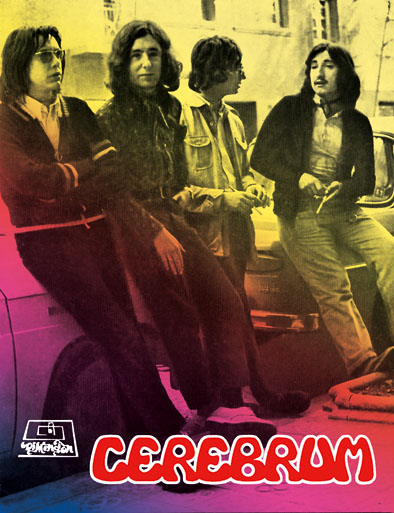
All this led us to the crucial part in the “biography” of Cerebrum, which were the singles that we recorded and they are the reason that we are known and also a way of being able to give people who were unable to see us play live an idea of what the band was like, (unfortunately an all too small legacy). I think that the sound and themes of the Cerebrum singles have great power and personality.
The second stage is unknown to current collectors and fans (given that there are no remaining recordings of that time) but without doubt it was the most musical and emotional stage. This was the stage of Cerebrum’s most significant live performances … after recording the second single we had the chance to play many times in our rehearsal studio with the guitarist Alfredo Santana (born in the Canary Islands) and we thought he was so good that we signed him up to the band with the aim of having two guitarists which would give us a better chance regarding sound and creativity.
Maybe Javier wasn’t too impressed and he left the band, so once again we were the basic trio (guitar, bass and drums) plus singer. It was a fantastic stage, really creative! For me it was a privilege to have been able to take part from the start in something so amazing.
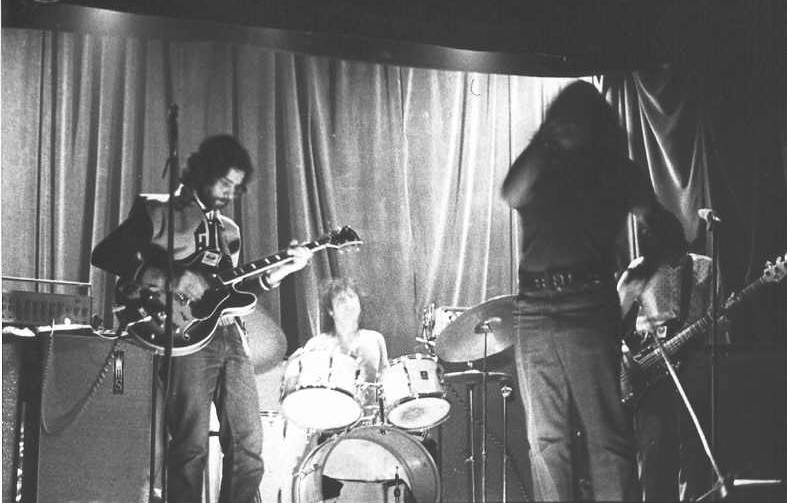
Pedro and Chema had become so good that they were the best rhythm section around and Alfredo was a guitarist with such talent and technique that he was able to convey all sorts of feelings and emotions. His creativity allowed us to move forward constantly. With that set up we worked continuously round Spain and we played many live gigs. Among those were gigs at Los Colegios Mayores at the University of Madrid, The Icade Theatre, the Progressive Music Festival of Madrid in Maria Zayas and in The Permanent Festival of the Progresive Music of Barcelona in the Salon Iris and that was where one of the most important moments took place … Jimi Hendrix had just died and in our presentation in the show, Alfredo, who played the wahwah brilliantly, decided to pay tribute to him by playing some of his best known songs solo and then the rest of us joined him. Those were unforgettable times of tremendous emotion. Nowadays, whenever I have the opportunity to speak to someone who was in the audience at some of those gigs, they look back with great nostalgia. It’s such a shame that none of that was recorded since we were then in the process of preparing songs for the recording of a concept album.
It was probably the difficult times in Spain, the distance between the record company and us (Barcelona and Madrid) and the lack of a manager to look after everything that led to the short-lived legacy of Cerebrum.
Is there anything else unreleased? What do you think about Shadoks release?
What we had was what Shadoks has released on the LP and we are very happy with the care and effort that they have put into this pre-release. Great work without a doubt! It includes the four songs on the singles and five other songs (four cover versions and one of our own).
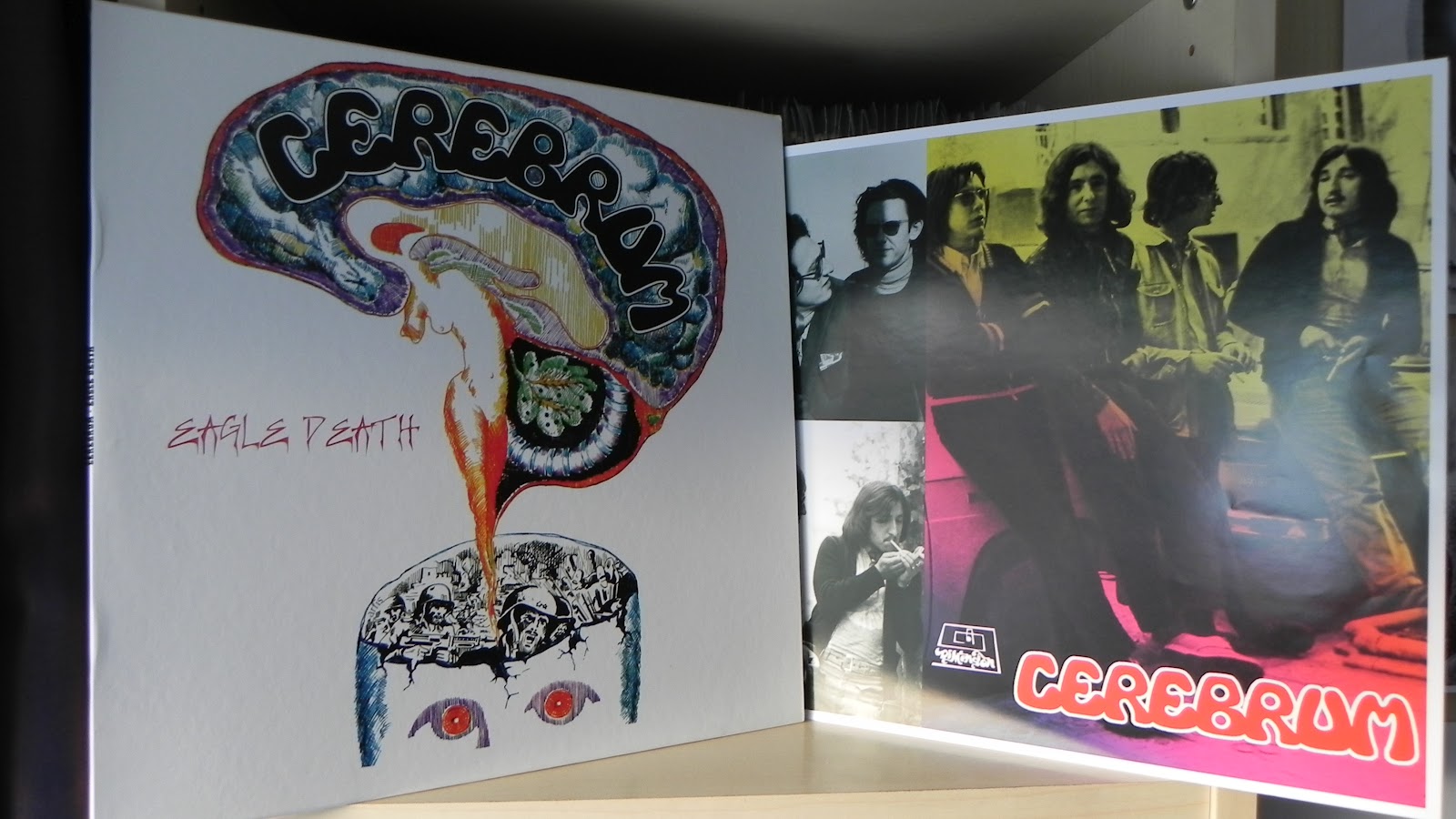
These recordings were made during the Mas stage (before the release of the singles), live and in the Radio Nacional studios and they were copies of the final recordings but the quality isn’t very good due to the deterioration of them having been lying around for more than 40 years. Having said that, Shadoks have done everything possible regarding the quality. Their treatment of the sound as well as their printed information, inserts et cetera, has been fantastic.
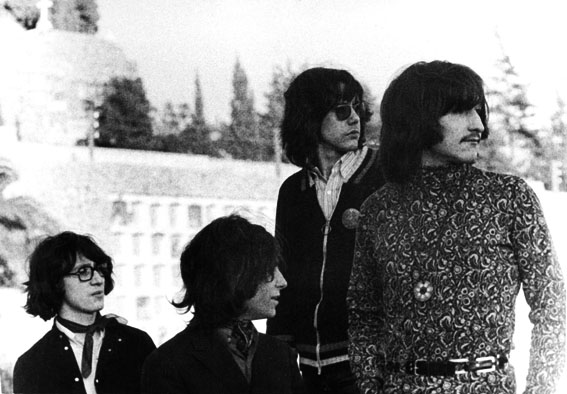
Through this LP, we would like to be able to give a bit of a broader idea to all the fans and collectors, of our beginnings, together with the recordings of the singles, given that nothing remains of the second stage.
Klemen Breznikar
Cerebrum | Interview | Javier Esteve | “Underground Heavy Psych from Spain”

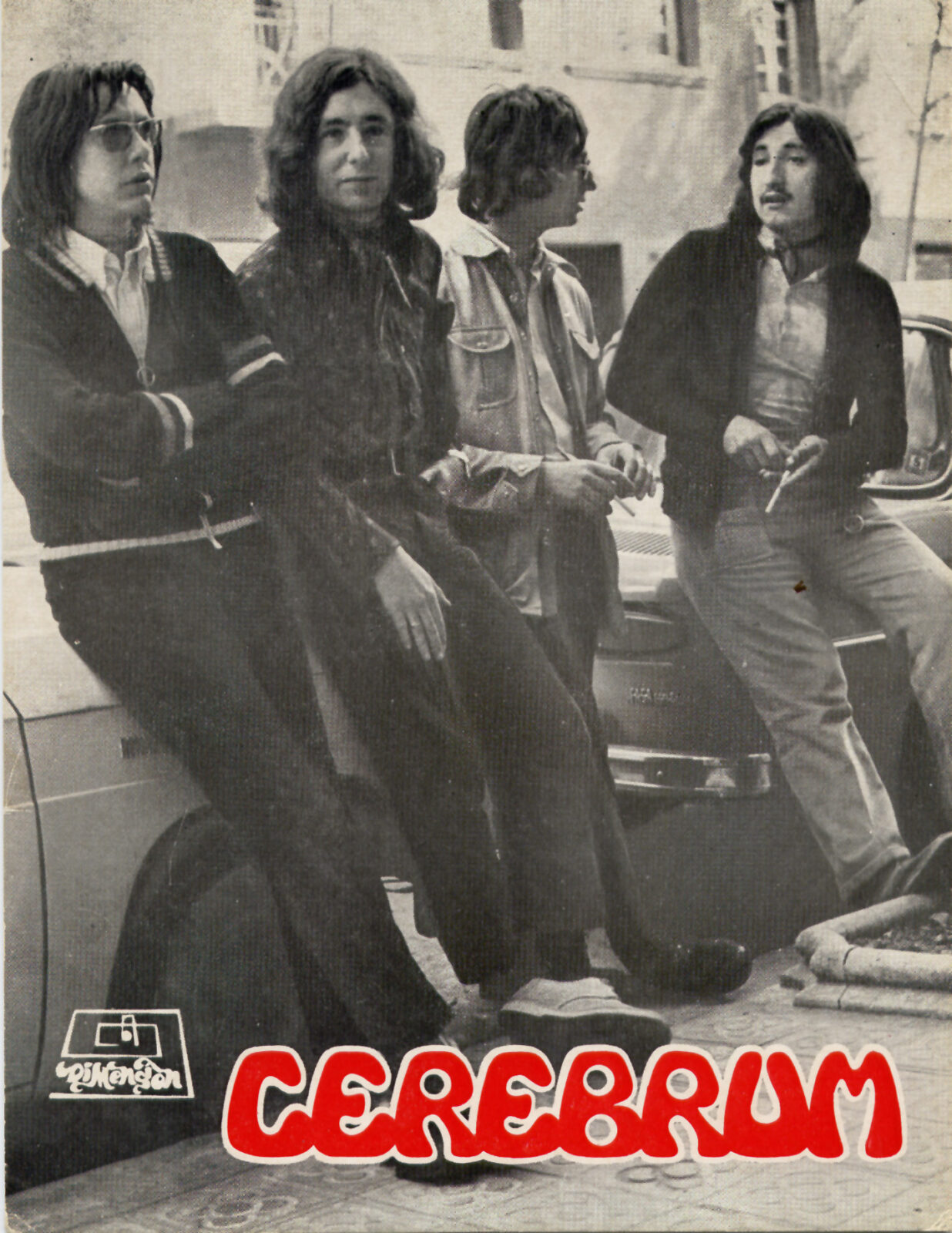


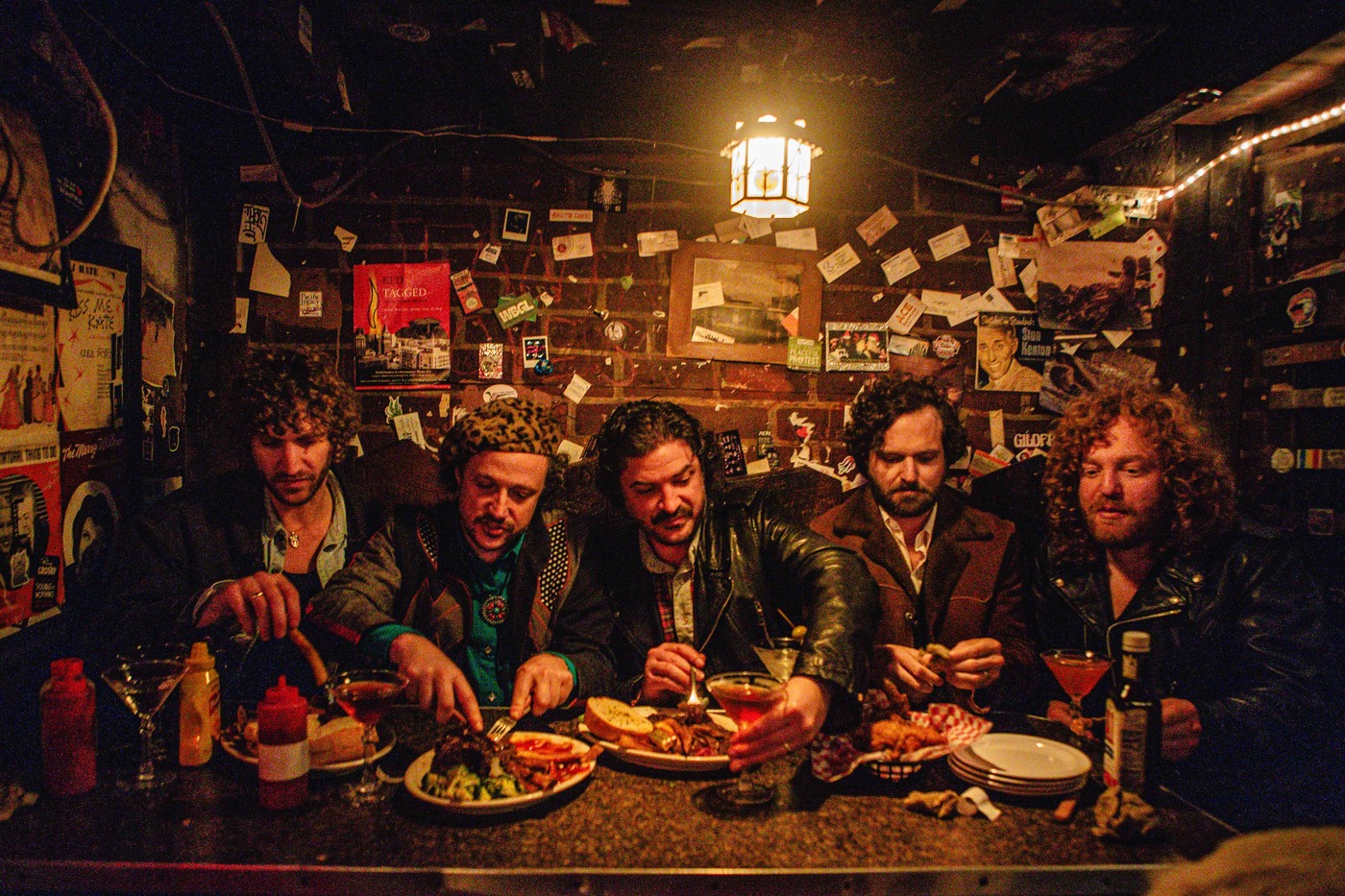
Smashing, as always.
Im glad to read this interview,Cerebrum was great!